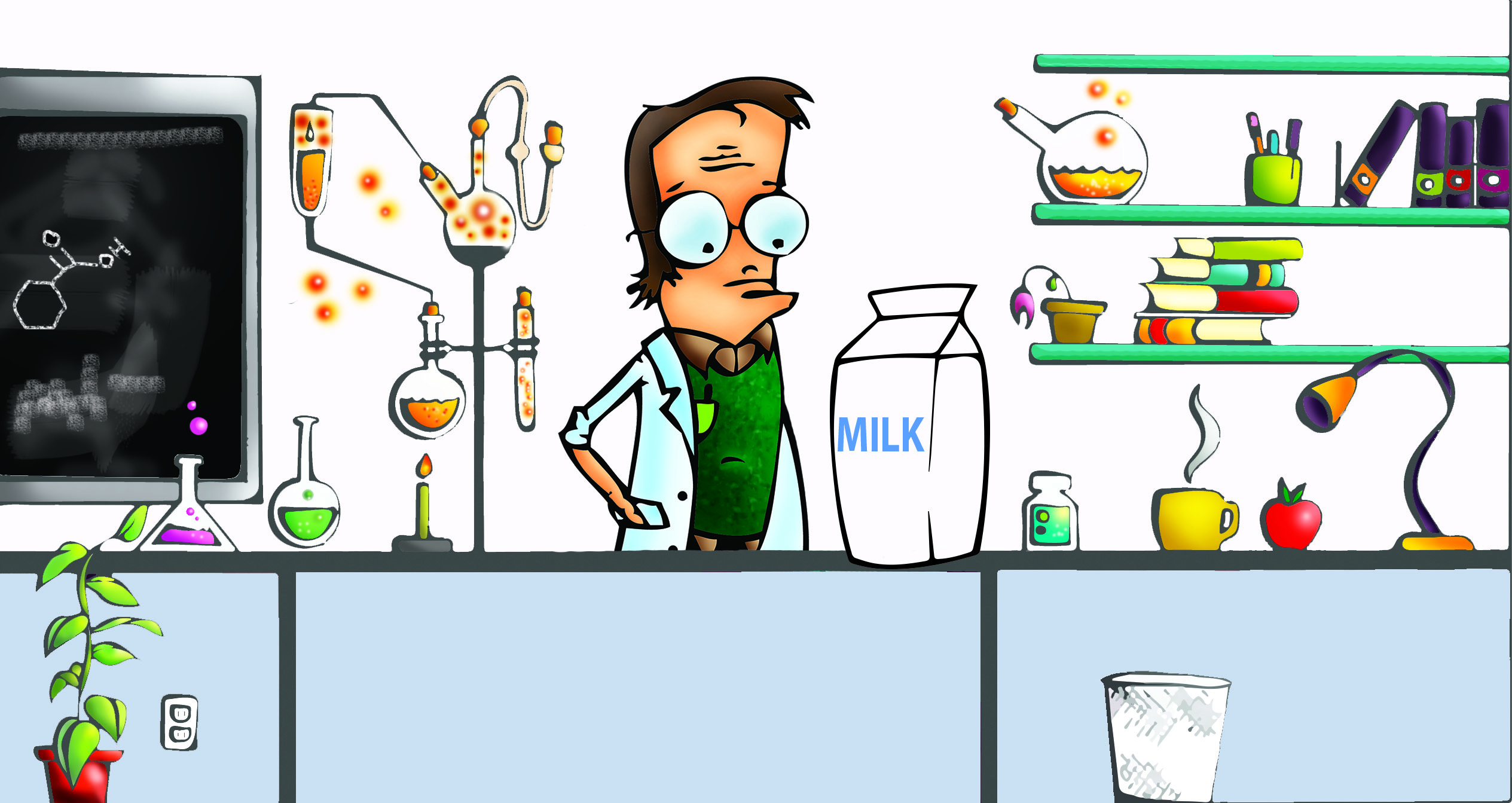Welcome back, dear readers! Last time we covered some of the basics of Western blotting. This issue, we’ll start getting into some of the specifics of the procedure.
The Western blotting technique that we will be focusing on is a two-day process. In today’s issue, we will solely focus on Day 1 of the technique. The purpose of Day 1 is to get the proteins transferred onto a membrane (a thin sheet to which the proteins attach) and then treated with a primary antibody. As I mentioned in the previous instalment, there are two standard techniques used: one technique focuses on denatured proteins, while the other technique focuses on natural proteins. Again, we will only be looking at the technique involving denatured proteins.
The first step is to isolate our protein. In order to extract the protein, we must lyse (break) the cells. We do this by adding SDS—sodium dodecyl sulfate, a detergent—in addition to other components. One important detail to make note of is that we have extracted all the protein in the cell. We have to use antibodies to detect the amount of the protein of interest among the mixture of all the proteins we have extracted.
Before we can begin to apply the primary antibody, we must first transfer the proteins onto our membrane. Two types of membrane are in common use: nitrocellulose and PVDF. For our experiment, we will be using a PVDF membrane.
Just like with the PCR electrophoresis experiment covered a few issues ago, we must first run the proteins on a gel. Protein gels are made from polyacrylamide rather than agarose, which is used for DNA gels. Depending on the size of the protein, we can create a gel at different concentrations to attain a specific resolution. The general rule of thumb is that the smaller the protein size, the more concentrated the gel must be to attain a greater resolution of separation.
Once the appropriate gel concentration is established, we can begin electrophoresis. As with DNA electrophoresis, the negatively charged proteins will run from the negative end (top of the gel) to the positive end (bottom of the gel). Unlike DNA electrophoresis, we have to coat the proteins in a solution to make them exhibit a similar negative charge, so that the only factor determining how far the proteins travel along the gel is protein size.
After the electrophoresis is completed, we must transfer the proteins onto the PVDF membrane. During this transfer, the locations of the protein bands after electrophoresis are maintained. This is important because it lets us use protein size to confirm that we have detected our target protein when we apply the primary antibody.
Before we can do this, the membrane needs to be blocked. Since the membrane has a high non-specific affinity for proteins, the antibody—also a protein—will stick to the membrane and result in high background interference. To remedy this, we add a blocking agent, which has to cover up all the empty spaces on the membrane. Surprisingly, a common blocking agent is milk, which contains many different proteins that make it adhere well to the membrane’s surface.
When the primary antibody is added, it will only bind to the protein of interest, and not to the membrane. We then leave the membrane overnight so that the primary antibody may properly adhere to the protein of interest.
That concludes the experimental procedure for Day 1 of the Western blotting technique. Next time, we’ll finish the experiment by adding the secondary antibody and obtaining an image of the detected protein bands. We’ll also discuss potential problems that may arise in this experiment.


